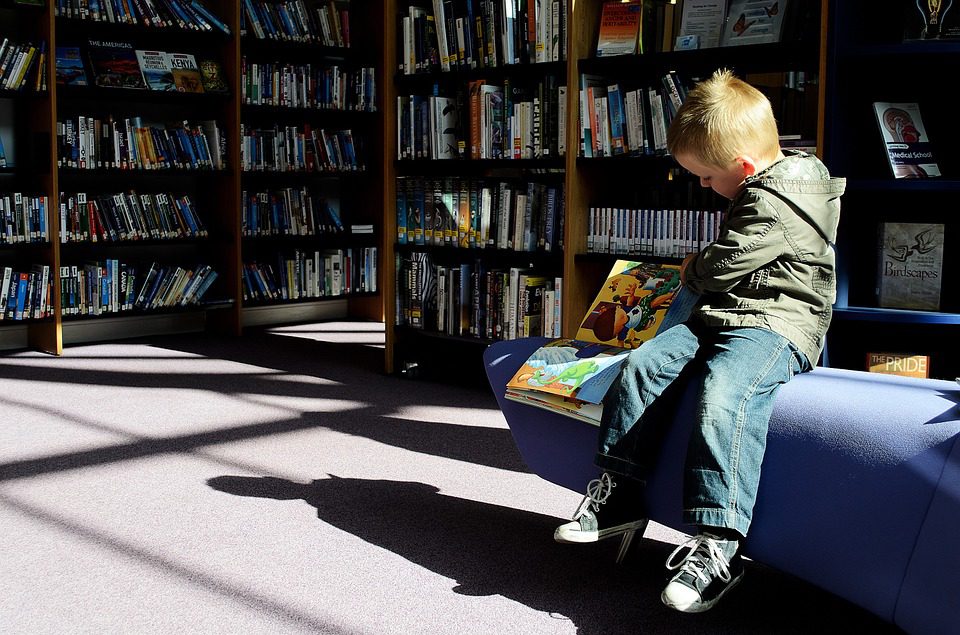With a variety of students come a variety of ways that students learn. Some of these learning styles, as listed in the VARK learning model, include visual, auditory, reading/writing, and kinesthetic. While kinesthetic is the most popular type of learning, especially among younger students, not every activity lends itself to moving around. The next most popular learning method is visual learning, which fits well with the classroom setting.

(Pixabay / PublicDomainPictures)
With modern technology, it is becoming markedly easier for teachers to use visual learning in their classrooms. One visual learning option is to use infographics to supplement lessons.
Since infographics present complex information in simpler terms, they are a great way to explain things to students. By summarizing information in a picture format, you can help your students learn in accessible, engaging ways.
You can also use infographics to evaluate comprehension. Instead of having students write reports, you can have them create infographics of the information they are studying. This activity will not only show that they understand the data, but that they can then take that information and present it in a more understandable format, showing mastery of the material.
Students who are assigned to create infographics will not only gain a greater understanding of the material they are studying but will also get experience in informational, visual, and technological literacy, which helps build a strong foundation of multimodal communication.
Another way you can use infographics in your lesson is to employ them at the end to recap the information students learned that day. This gives students a simple reminder of all the things that have been discovered in the day’s lessons. Teachers can even create handouts of the infographics for students to use as a study aid in the future.
As you try to involve visuals more in your lessons, remember that while many students are visual learners, it’s important that your teaching methods are meeting every student’s needs. You can accomplish this by engaging students in a variety of activities that cover all styles of learning.
